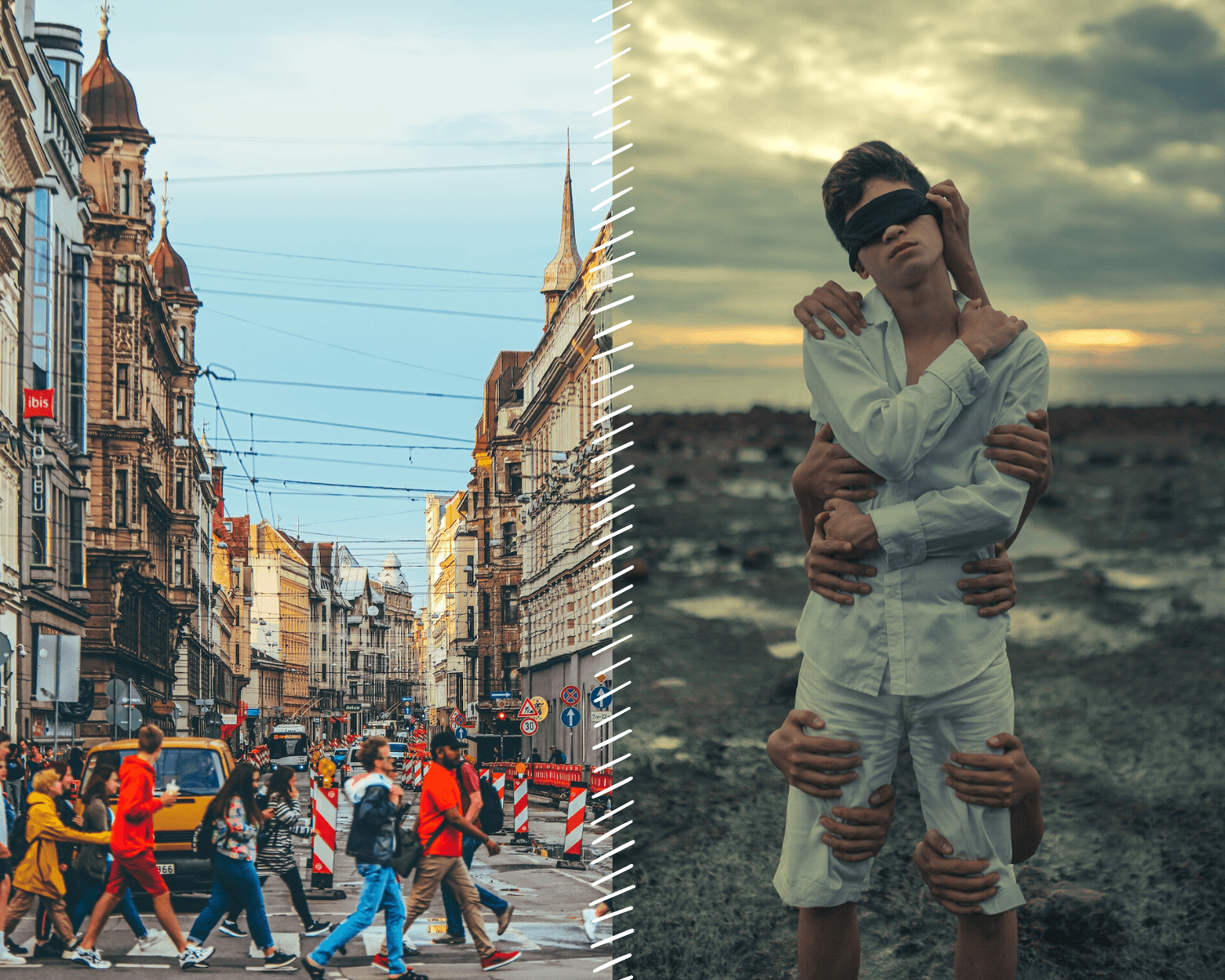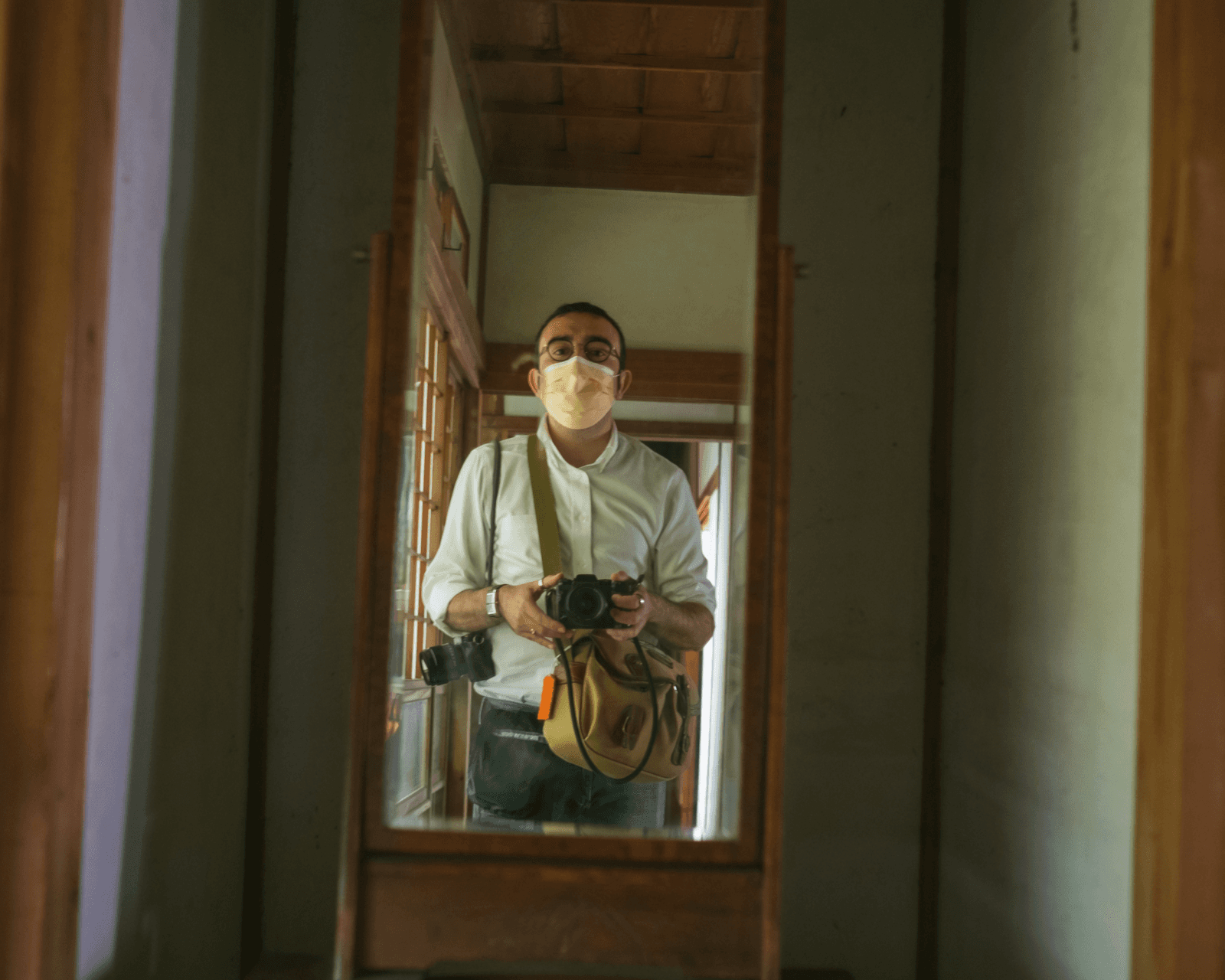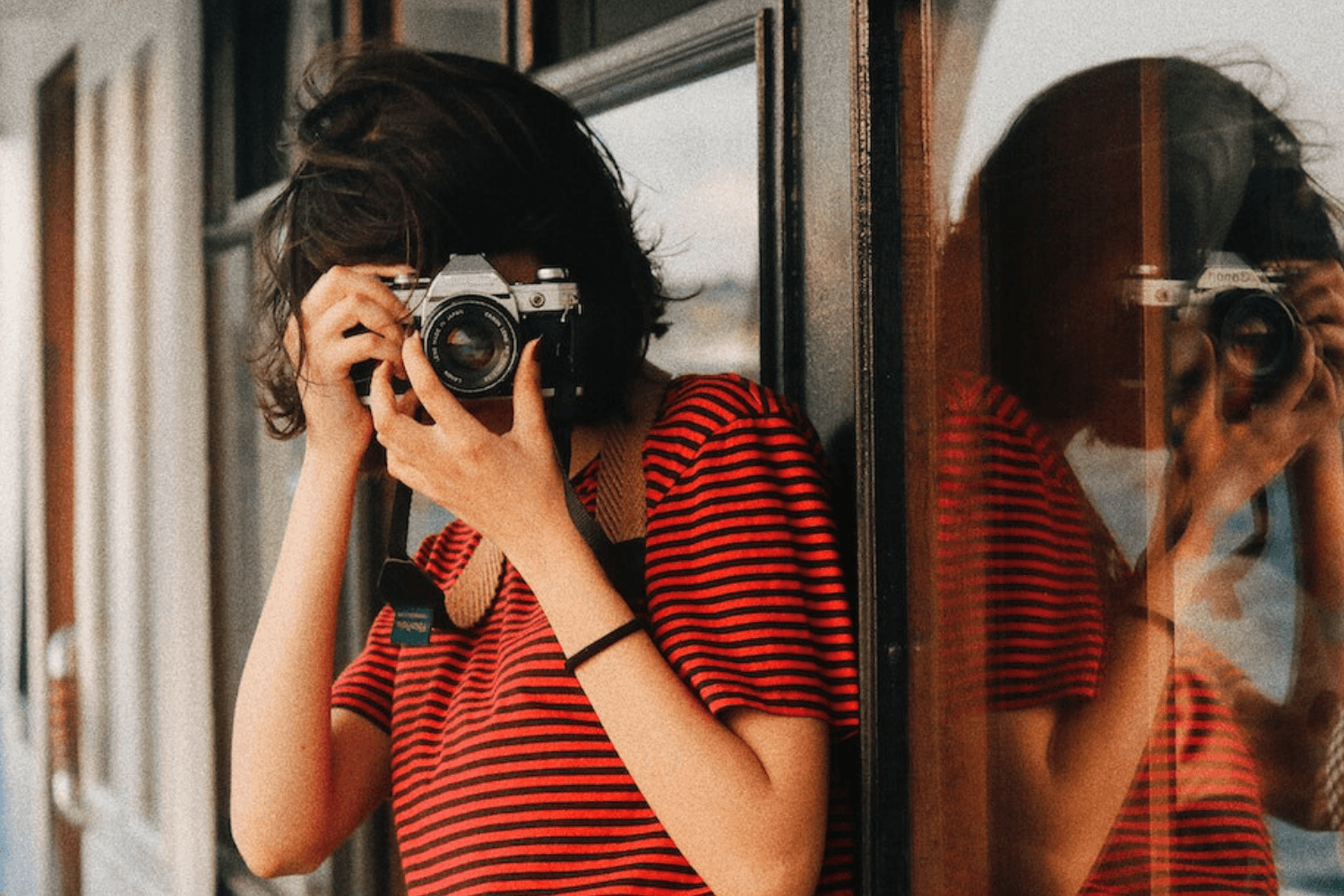6 Useful Tips To Better Understand Consent in Photography
Yvan Cohen
Fri Aug 26 2022
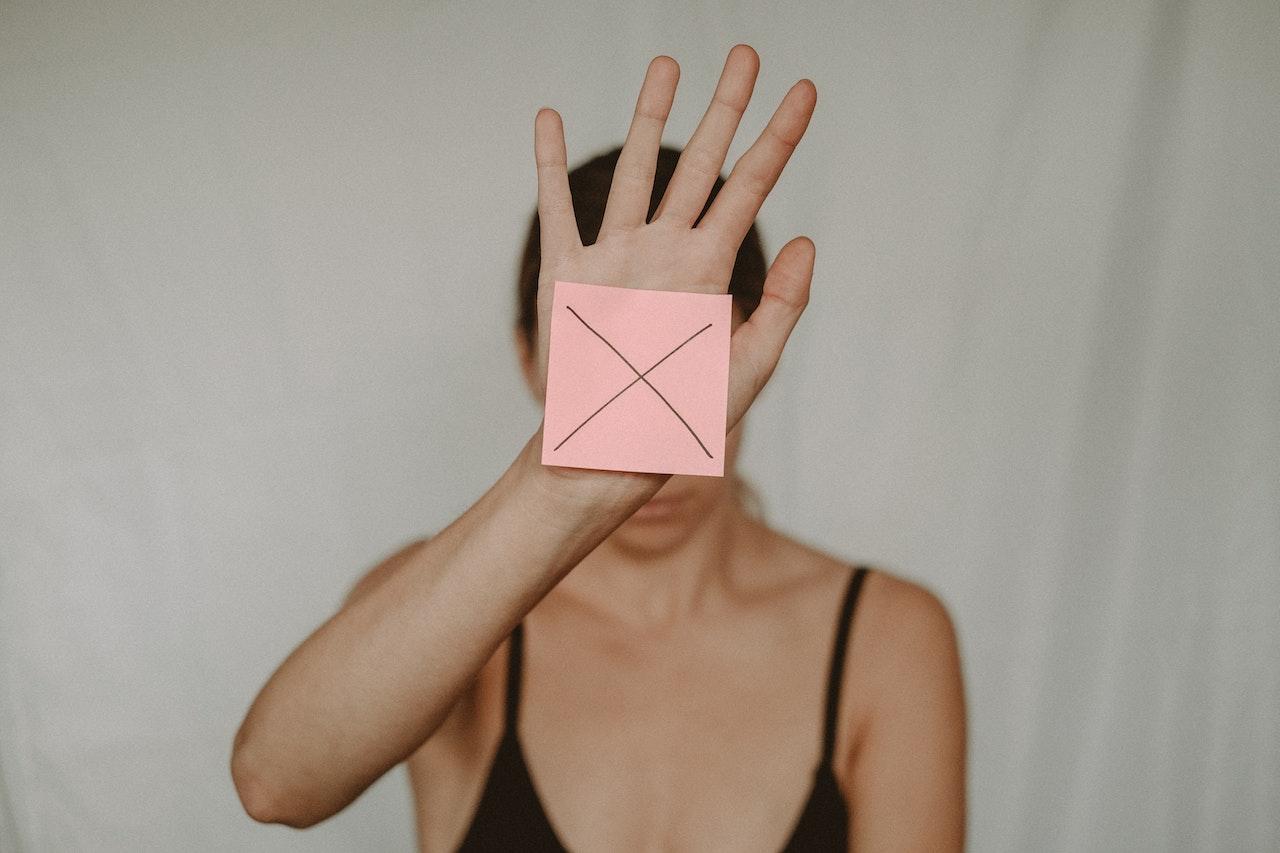
by Katya Mulvaney
Permission to photograph
Consent in photography is something which contemporary photographers need to have an understanding of. The protection of personal data and privacy is a hot topic. Social media has blurred the lines between our public and private lives, making us more aware and more sensitive when it comes to how our data, and our images, are used. For photographers, understanding your rights and those of your subjects has never been so crucial.
Permission is generally more of an issue for commercial photographers but other types of photographers may collide with privacy legislation too. It’s best to know your rights where consent is concerned.
For example, in Monaco (which is renowned for its incredibly strict privacy laws), any type of shoot in the country requires special permission. Even a portrait photographer may need to apply for permission before being allowed to photograph within the country.
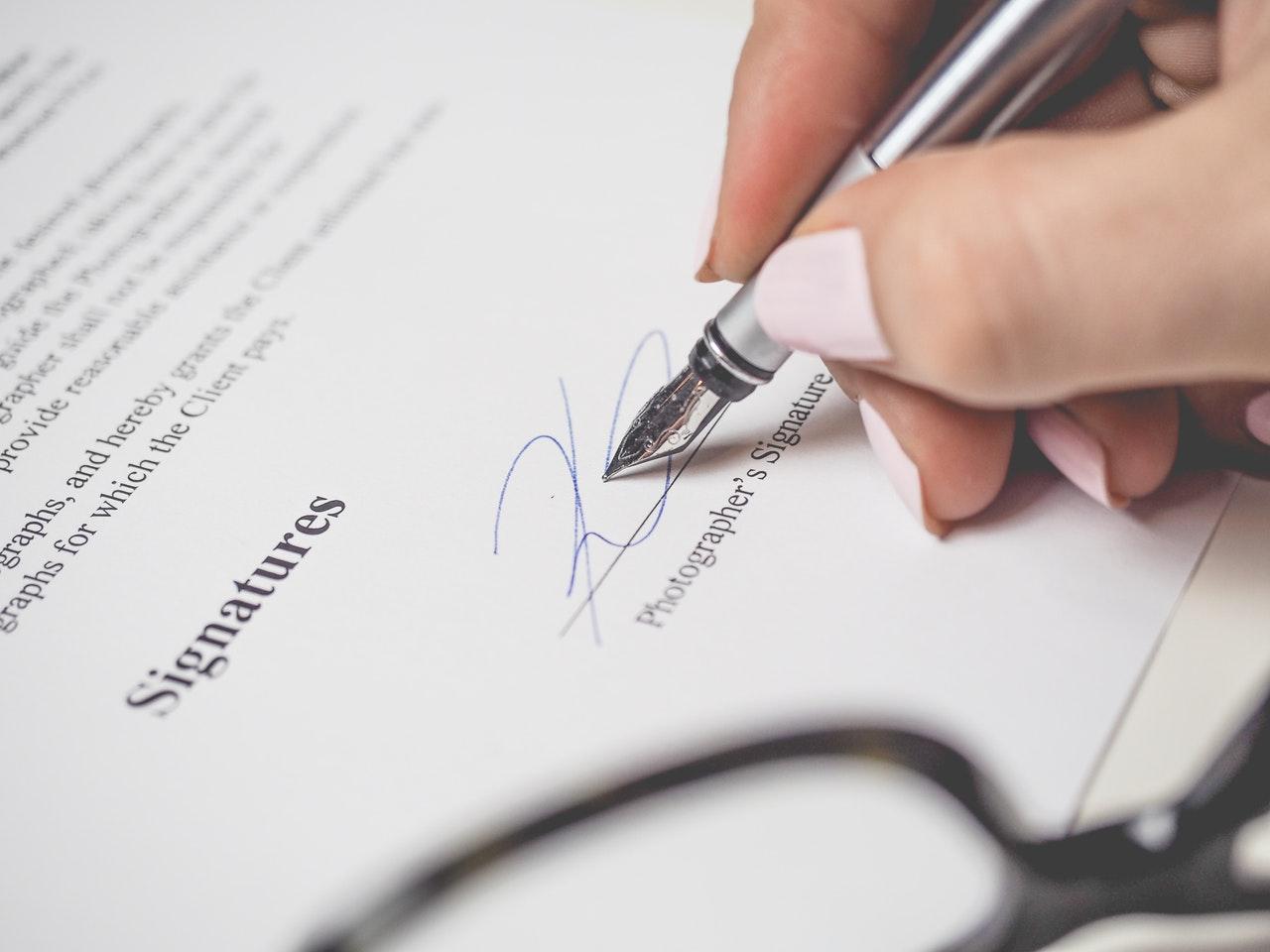 Photo by energepic.com
Photo by energepic.com
What is consent in photography?
Essentially, consent is when someone gives another person permission to take an action which may have the potential to infringe on their privacy. Everyone has the right to integrity and the basic human right to make decisions about their body.
Questions of consent can get a bit messy when you’re photographing a crowd, or taking candid shots of people in public spaces. Since consent law aren’t universal, it’s always safest to check the rules in the country you’re in.
Consent in different countries
In many countries a public space is viewed as an open domain. Therefore, photographing people in a public setting, where there is no expectation of privacy such as a park or public square, is legal. But you can’t take such freedoms for granted – in France, Germany, Korea, and Brazil taking a picture of any individual in a public space is viewed as an infringement on personal privacy. In these countries, candid street photography is all but impossible.
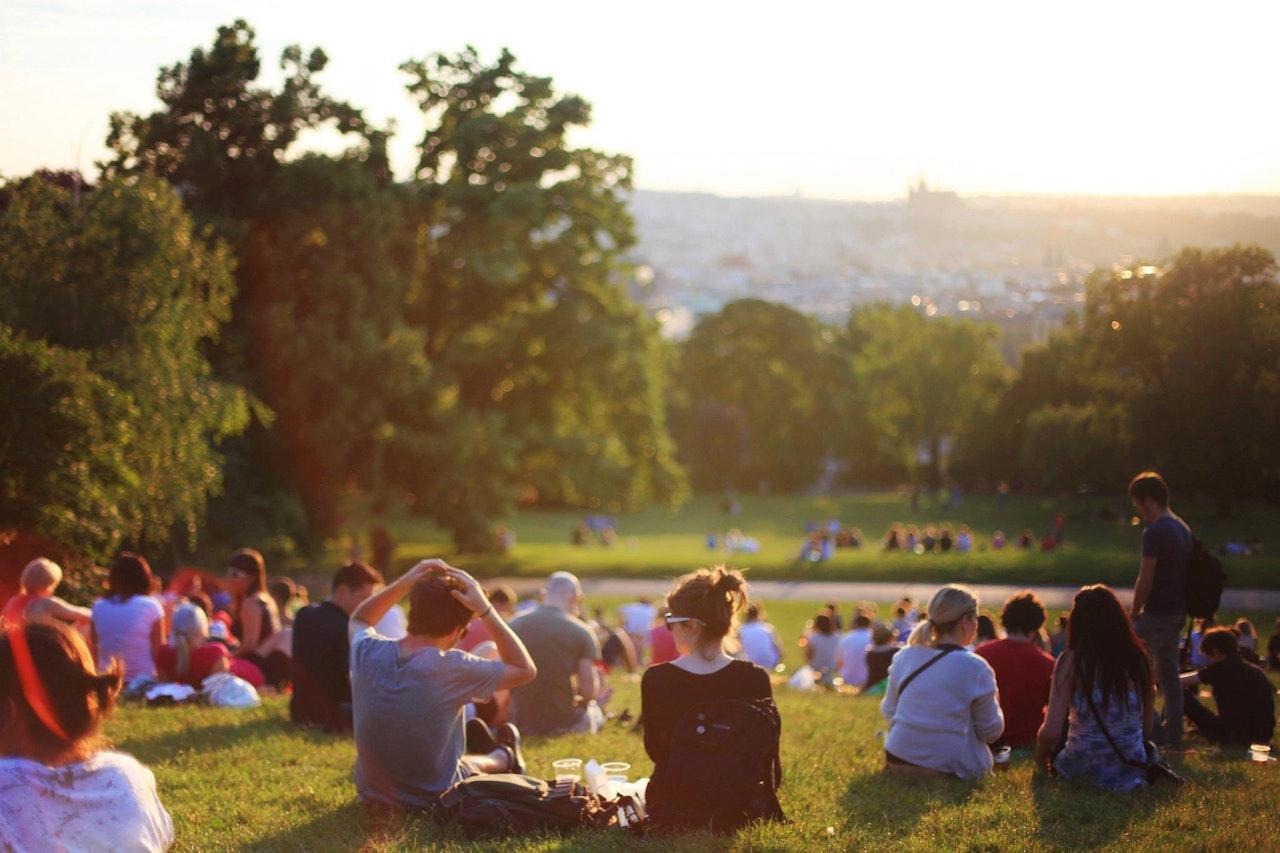 Photo by Leah Kelley
Photo by Leah Kelley
There are also different levels of consent depending on how a photo will be used. If a photo is intended for sale or for use in advertising, then the level of consent becomes even more important and is oftentimes trickier to get.
With that said, let’s jump into our 6 tips for approaching consent in photography.
6 tips for approaching photographic consent
1. Research the country’s laws before you go
Know the rules and regulations of the country you’re shooting in. This step may sound simpler than it is. The first thing to understand is that every country has the power to create their own rules around privacy and consent, especially when it comes to photographing people. The best way to not get caught, camera in hand, in a place where you shouldn’t, is to do some thorough research before you embark on your shoot.
Some countries are more notorious for their rules than others. For example, France and Germany have rather strict laws when it comes to photographing and sharing images of people, even in public spaces. Despite the fact that Henri Cartier-Bresson, who is considered one of the founders of street photography, would turn in his grave over France’s current photography privacy laws.
We found this resource useful to help you begin your country-specific consent research.
2. Research the setting of your shoot, even if it’s a popular tourist attraction
Yes, it’s true, some famous tourist attractions do not permit photography. Or rather, it may be fairer to say that they don’t permit photography with the intent of sale or publication (you could likely take a selfie for your social media but nothing more). Research is your best friend when it comes to ensuring that you stay within the law. We recommend doing a quick background check on the area you wish to shoot before you go out with all your gear. Surprisingly some of these attractions include: the Eiffel Tower at night, the Sistine Chapel, and the inside of the Taj Mahal, to name a few.
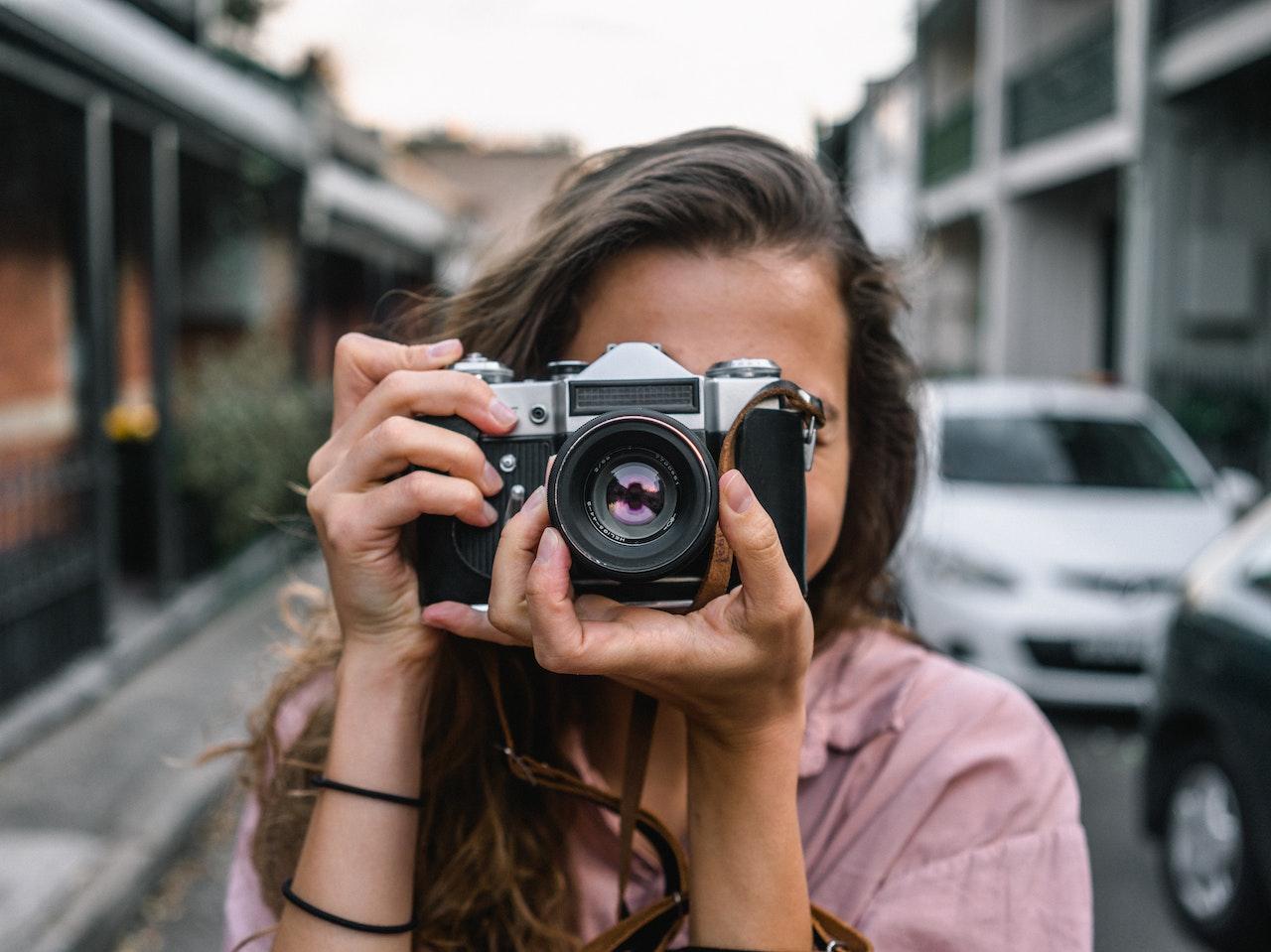 Photo by Matt Hardy
Photo by Matt Hardy
3. Develop your own code of conduct
This code of conduct should be centered around respect for the person you are photographing. Bear in mind how you would feel if you were captured in the same light as your subject. To develop your code, you could ask yourself questions such as: is there anything illegal in my shot? Are there some subjects that are too invasive or intimate for me to shoot? Where/ when do I set the line for invading someone’s privacy? Is my image exploitative?
For photojournalism and documentary photography, a good guideline to use is the 2022 code of ethics set by WorldPressPhoto Contest (yes, we know the ethics are for submissions to the contest, but they set a good standard). Check out the code of ethics here.
4. Be aware and respectful of cultural differences
In some cultures, people believe you capture their soul when you photograph them. We know this may be an extreme example, but the idea is to know your audience. You don’t want to be disrespectful (it would go against your personal code of ethics). It’s also important to be conscious of how you represent certain holy or traditional elements. Aim to avoid cultural appropriation and be mindful of the cultural importance of what you capture.
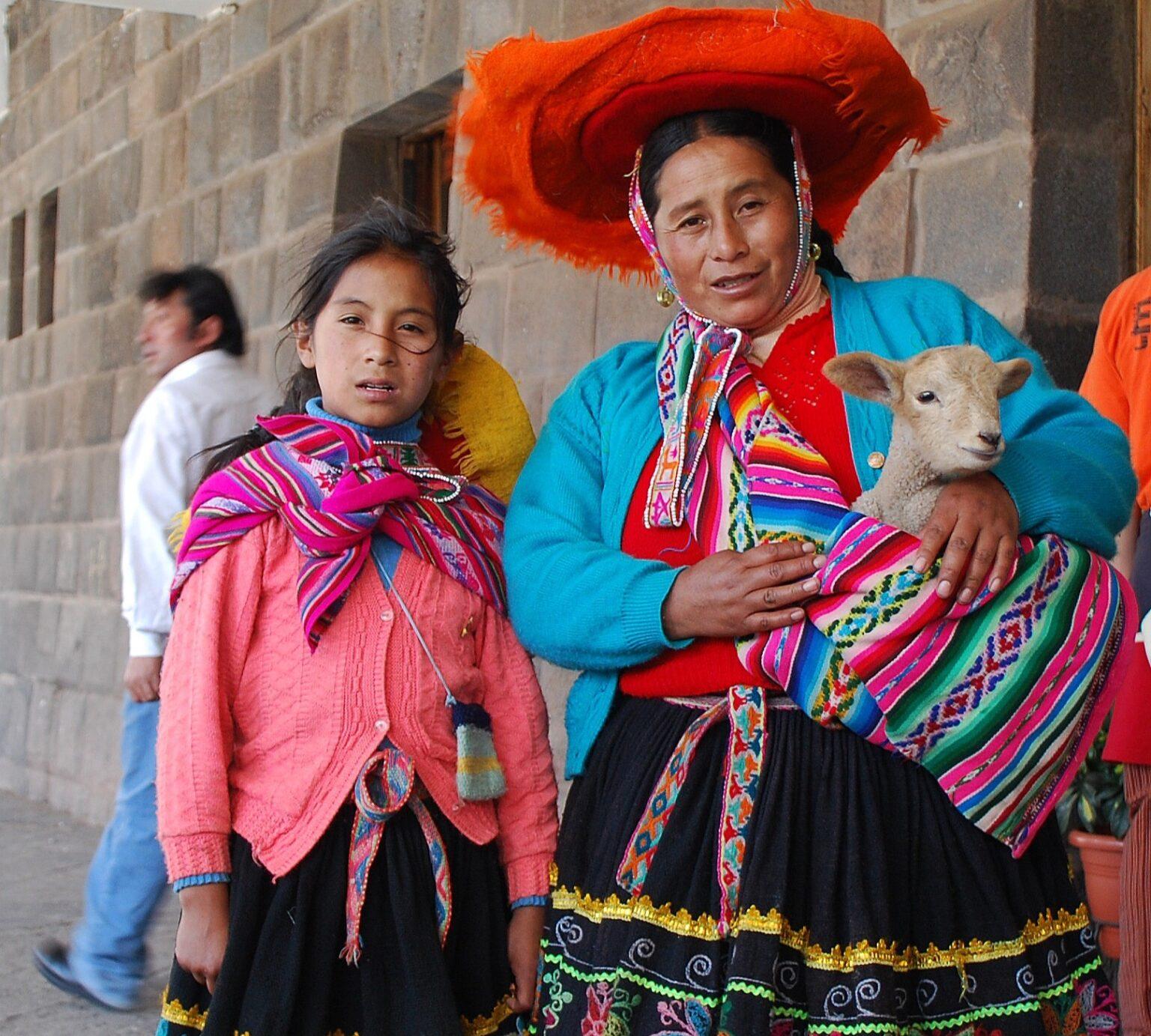 Photo by Isaias Castillo
Photo by Isaias Castillo
Again, a little research before you shoot can go a long way to helping you gain some insight into the cultural norms of the country you are visiting. You may also want to consider learning to say a few phrases in the local language like “Hello, can I take your photo?” “I am a photographer” etc.
Another idea may be to have a small sign made in the local language that explains that you’re a photographer taking photos for X reason, what you intend to do with the photos, and asking if you can take a photo.
5. Be conscious of what you are photographing
Pay attention to what appears in the background of your images. For example, be aware of nude children on beaches in countries where this is the norm. Sharing these images is illegal and is punishable by law. The same applies to crime scenes, car accidents, and the like. Essentially, anytime someone is in a vulnerable position, you should proceed with caution.
6. Getting consent in photography
Getting consent will impact different types of photographers in differing ways, and to varying degrees. For instance, there is an important distinction between editorial photography, created for the purpose of informing the viewer (media, educational publications etc), and commercial photography, where the goal is to promote the sale of a product or service. As you can imagine, an editorial and commercial photographer will have different requirements for consent in their work. For photojournalists, whose work is editorial in nature, the question of when and how to ask for consent is a delicate one.
There are many instances when asking for consent is inappropriate and would destroy the authenticity of ‘the moment’. For reporters, whose job it is to show us the world as it is, intervening with a legal document would make it very hard to capture real scenes where the photographer is invisible to his/her subject. This is especially true in context of protests, riots or fast moving news events.
All this being said, getting consent in photography can be essential to protecting yourself and the people you photograph.
 Photo by Polina Tankilevitch
Photo by Polina Tankilevitch
The technicalities for getting consent
At the most basic level, consent can be as simple as just asking for permission verbally. This doesn’t form a legal agreement, but it goes a long way in terms of showing respect. A simple verbal agreement can also help to avoid exploitation, and misunderstandings, that can occur in situations of poverty or where your subjects may be vulnerable.
However, if your pictures are commercial in nature, then consent is essential. You can use a standard consent or release form, available online, or you can make a simple one up yourself. It’s also worth remembering that consent doesn’t only apply to people. If you’re a commercial photographer you’ll probably need it for property too.
We know that it may not always be easy to carry around paperwork for such occasions, so we’d recommend having a look at some easy-to-use release form apps like Easy Release. Whatever you choose, ensure that the form is straightforward and easy to understand. You want to avoid coming up against someone who claims that they didn’t know what they were consenting to.
Final thoughts for getting consent in photography
There was a time, at photography’s inception and in its early decades, when getting consent was not an issue. But as the Internet has allowed us to reach and witness global events without limits, concerns over privacy and consent have grown.
While consent is something you should be aware of, especially in jurisdictions where the law requires it, there are still many instances and many places in the world where you can photograph freely.
At the end of the day, consent in photography is there to ensure that everyone involved is safe and comfortable. The best way to understand what your lawful responsibility is, is to start with some basic research and take it from there. Photography is a beautifully creative way to explore the world around you, be safe while you do it.
Written by Katya Mulvaney | Katya is a brand creation and digital marketing specialist. She heads up marketing and communication here at LightRocket. If you subscribe to our emailer or follow us on social media, then you’re probably already familiar with some of her work. She also never shies away from a good plate of pasta.
To read more helpful articles on photography, check out our blog page.
Join our growing photographer community at LightRocket and get powerful archive management and website building tools for free!
